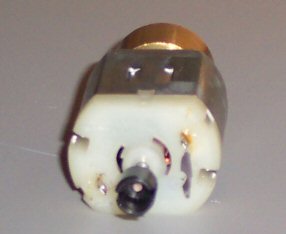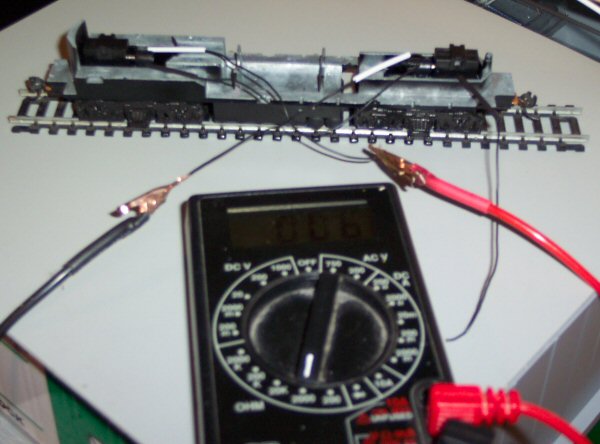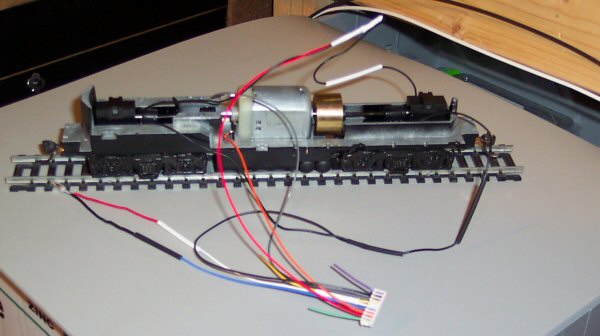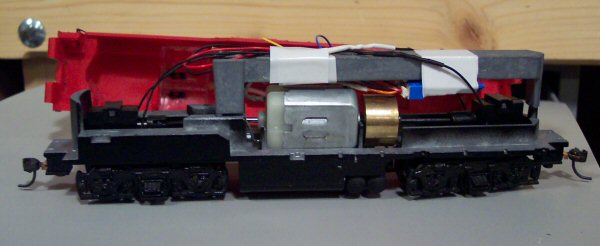Puckdropper's Place Railroad2008-10-08 02:13:08
Expansion
I'm expanding my model railroad by replacing the old one with a new one. This time I'm doing things differently. The modular design is being replaced with a sectional design, the storage underneath is being made more useful, and some consideration is given to "human factors."The previous layout was built with a modular design, with the goals of making it easily moved and able to be displayed at a train show. The layout never got finished enough to even consider displaying at a show, but it did make several moves easily. The new layout is still intended to be able to be moved from house to house, but it is not intended to be taken to shows. This means longer sections and fewer mechanical and electrical connections.
Storage underneath the previous layout consisted of a plywood shelf about midway between the floor and the underside of the layout. This simple shelf also braces the legs of the module. Unfortunately, the design of the shelf tends to lead to large boxes and other heavy, bulky items being placed on it. These items must be removed if access to the underside of the layout is required. The shelves are being replaced with "tool chest" style cabinets, where the cabinet consists of drawers inside of a larger box on casters. When access to the underside of the layout is needed, the cabinet can be rolled away.
Human factors are things external to the layout operation that make the layout more enjoyable. Aisle width, aesthetics, and an elbow/cup/tool rail are all human factors I've considered in the new layout. An aisle width of 3' is standard, with a few small locations that have less than that. Aesthetics have been considered with painting the benchwork. Rather than an unfinished wood, the benchwork should appear to disappear into a sea of gray. The focus will be on the layout itself, and not what's underneath. One of the other human factors considered was that of a cup rail. This is a railing around most the layout for cups, elbows, and tools, to try to keep them off the layout. Were it padded, it would provide a first line of defense in minimizing rolling stock damage.
There's more to a model railroad than just the track plan and scenery. Factors such as benchwork design, supplemental storage, and human factors can make a huge difference in how a layout turns out.












